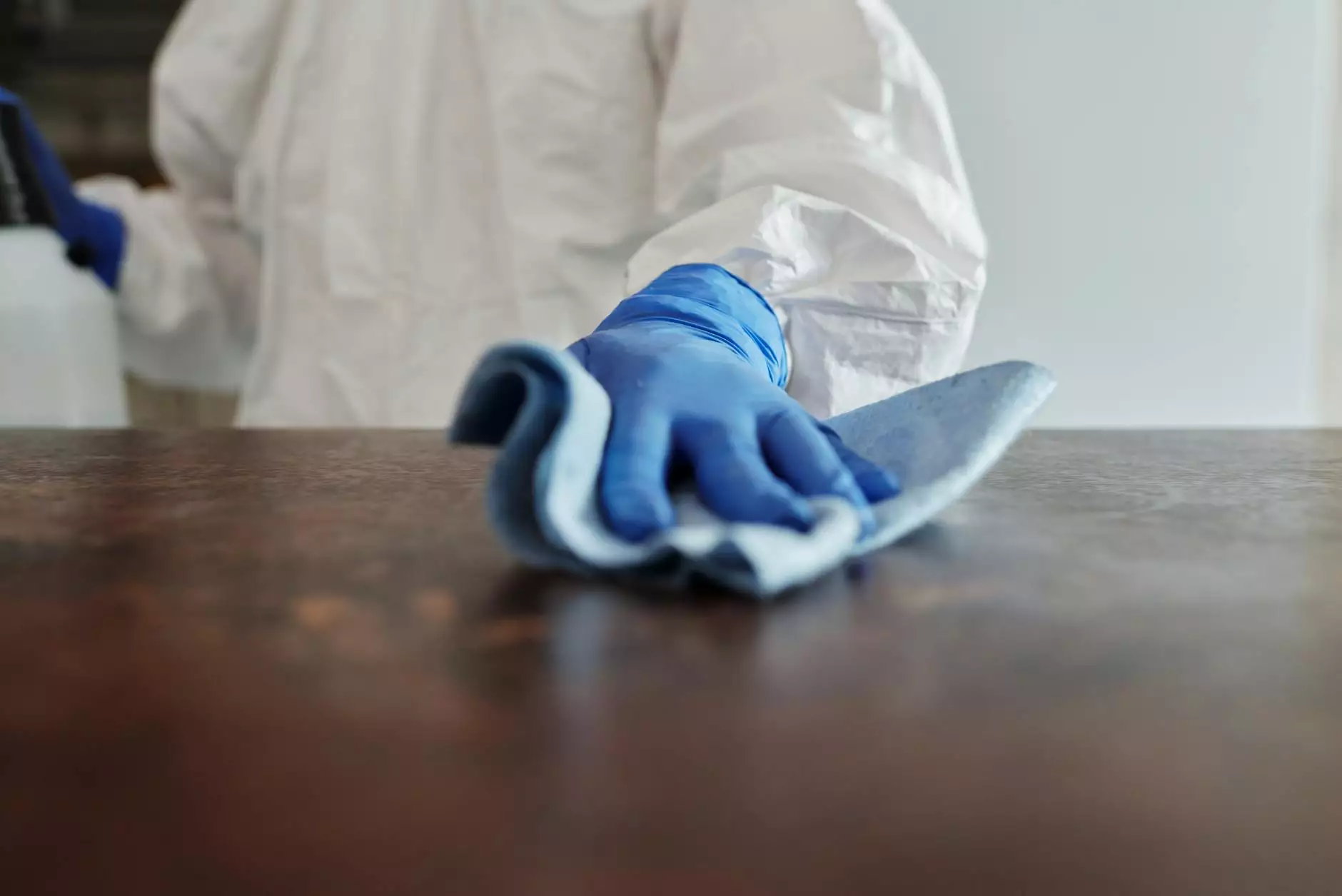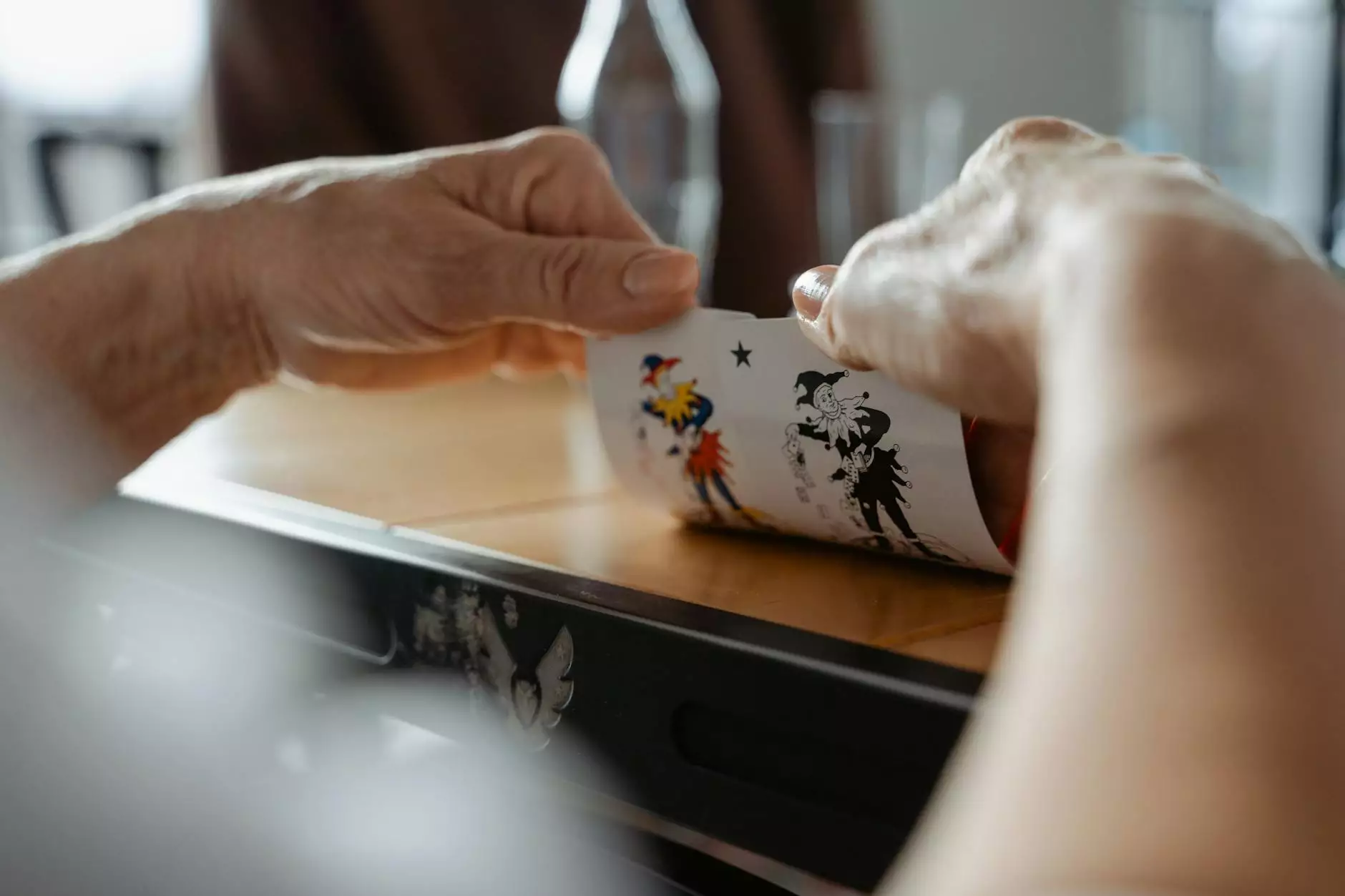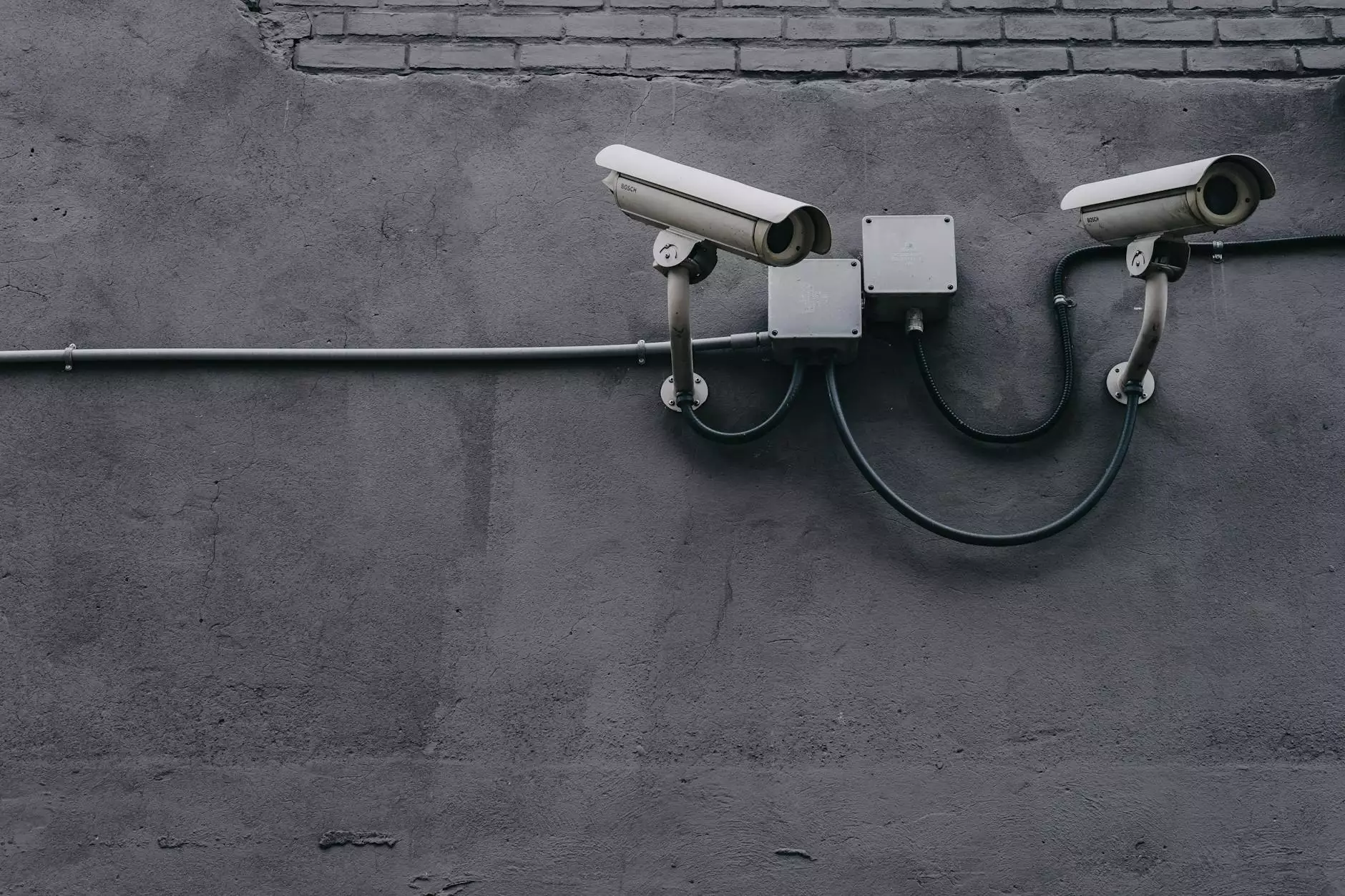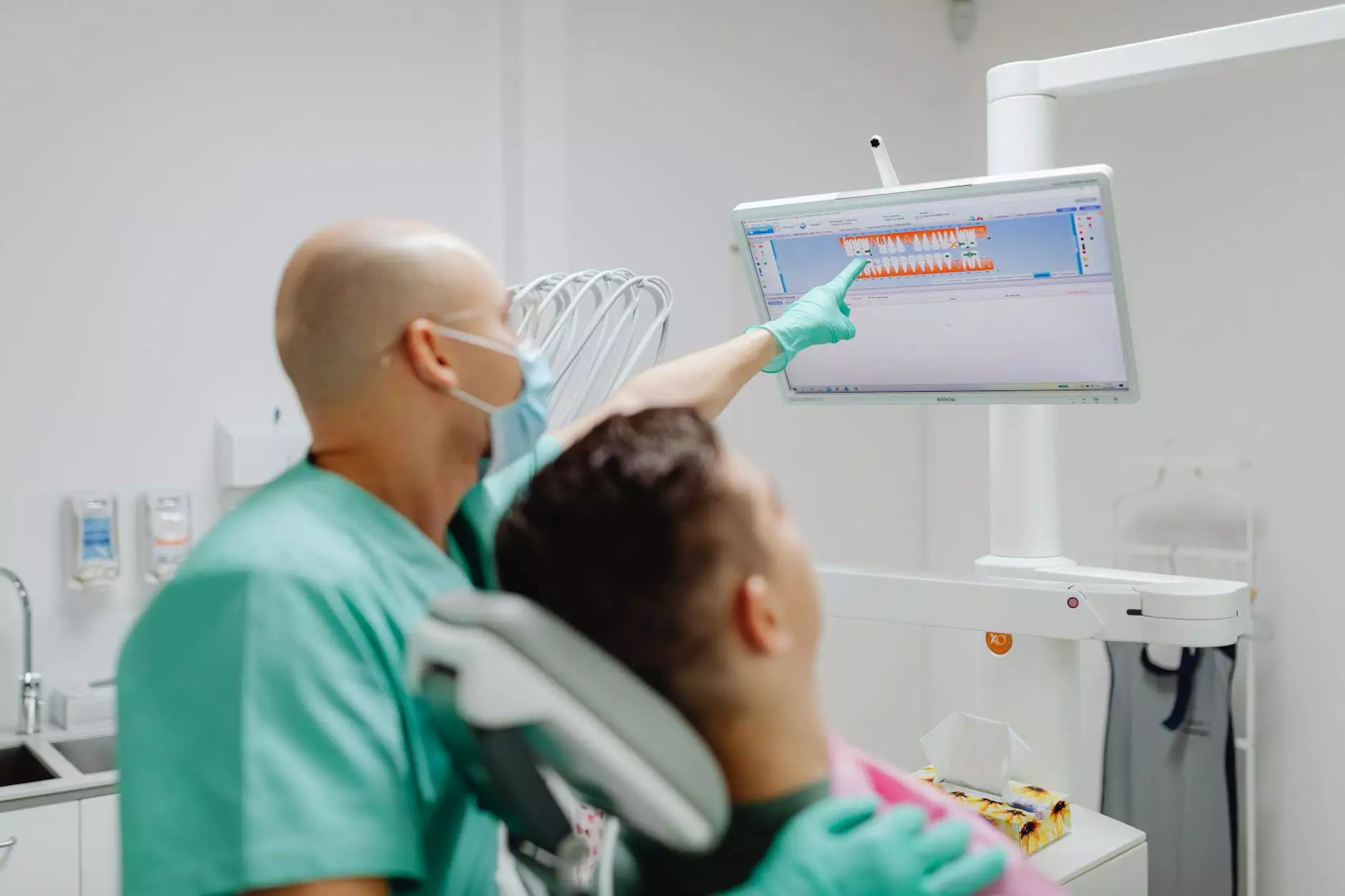Comprehensive Guide to Hospital Surface Disinfectants: Ensuring Safety and Hygiene

The healthcare industry is continually evolving, with a relentless focus on patient safety, disease prevention, and infection control. Among the critical components of maintaining a sterile and safe environment in health facilities is the effective use of hospital surface disinfectants. These disinfectants are a vital line of defense against the spread of pathogens, bacteria, viruses, and fungi that can compromise patient health and staff safety.
Understanding the Importance of Hospital Surface Disinfectants in Healthcare Settings
Hospitals and clinics are high-traffic environments where surfaces are frequently touched and potentially contaminated. From door handles, bed rails, and medical devices to countertops and floors, every surface represents a potential vector for infectious agents. Proper disinfectants help eliminate these harmful microorganisms, reducing the risk of healthcare-associated infections (HAIs).
Hospital surface disinfectants are specially formulated chemical agents designed to inactivate or destroy pathogenic microorganisms on surfaces. Their primary goal is to create a sterile environment that safeguards both patients and healthcare providers.
Types of Hospital Surface Disinfectants: An Overview of Effective Options
There are various categories of disinfectants suitable for hospital surfaces, each with different active ingredients, mechanisms, and application protocols. The choice of disinfectant depends on factors like efficacy spectrum, safety, compatibility with surfaces, and regulatory compliance.
- Alcohol-Based Disinfectants: Comprising ethanol or isopropanol, these are quick-acting and excellent for disinfecting small surfaces and medical equipment, but they require proper contact time and may not be suitable for large areas.
- Chlorine Compounds: Including sodium hypochlorite (bleach), these are highly effective broad-spectrum disinfectants suitable for surfaces prone to blood and bodily fluids, but they can be corrosive and require proper dilution.
- Quaternary Ammonium Compounds (Quats): Widely used in hospitals for their persistent antimicrobial activity, safety, and ease of use, especially on plastic and metal surfaces.
- Hydrogen Peroxide-Based Disinfectants: Environmentally friendly options that release reactive oxygen species, providing strong disinfectant properties, often used in surface and device sterilization.
- Phenolic Compounds: Used for specific applications where residual activity is required; however, they may be toxic to some materials and personnel.
Key Factors in Selecting the Right Hospital Surface Disinfectant
Choosing an effective hospital surface disinfectant is critical in infection control protocols. Several factors influence the optimal selection:
- Spectrum of Activity: The disinfectant should be effective against bacteria, viruses (including non-enveloped ones), fungi, and Mycobacteria.
- Contact Time: The duration required to achieve complete disinfection varies; efficient products require minimal contact times to increase staff compliance.
- Material Compatibility: The disinfectant must be safe for application on various surfaces and equipment without causing damage or corrosion.
- Safety Profile: It should pose minimal health risks to staff and patients, including low toxicity and non-irritant properties.
- Ease of Use and Application: Products that are easy to prepare, apply, and monitor compliance tend to be used more effectively.
- Regulatory Approval: Disinfectants should meet local and international standards, such as EPA, FDA, or equivalent certifications.
Innovations in Hospital Surface Disinfection Technologies
Technological advancements are revolutionizing how hospitals approach surface disinfection, leading to safer, more efficient practices:
- Electrostatic Disinfection: Utilizes charged spray devices that ensure even coverage of surfaces—even hard-to-reach areas—reducing chemical usage and labor time.
- UV-C Light Disinfection: Employs ultraviolet light to inactivate microorganisms without chemicals. It is especially useful in terminal cleaning protocols for rooms and equipment.
- Continuous Disinfection Systems: Installations that provide ongoing microbial control through advanced fogging and misting technology, maintaining a germ-free environment throughout operational hours.
- Nanotechnology-Based Surface Coatings: Application of antimicrobial surface coatings that actively inhibit microbial growth over extended periods, reducing the need for frequent disinfection.
Best Practices for Implementing Hospital Surface Disinfectant Protocols
Effective infection control relies not only on choosing the right disinfectants but also on proper implementation. Here are best practices healthcare facilities should adopt:
- Develop and Enforce Standard Operating Procedures (SOPs): Clear protocols for cleaning, disinfection, and frequency should be documented and strictly followed.
- Training and Education: Regular training ensures staff understand proper disinfection techniques, contact times, and safety precautions.
- Prioritize High-Touch Surfaces: Focus disinfectant efforts on door handles, light switches, bed rails, medical equipment, and handrails, as these surfaces are touched most frequently.
- Use Appropriate Personal Protective Equipment (PPE): To protect staff from chemical exposure, gloves, masks, and eye protection should always be worn during disinfection procedures.
- Maintain Proper Documentation: Log cleaning schedules and disinfectant usage to ensure accountability and facilitate audits.
- Perform Regular Monitoring and Audits: Conduct microbiological testing and visual inspections to evaluate the effectiveness of disinfection protocols and make necessary adjustments.
Integrating Medical Supplies from Medalkan.com for Superior Infection Control
As a trusted provider of health & medical supplies, Medalkan.com offers a wide range of premium medical supplies designed to support hospitals and clinics in their infection control efforts. Their product catalog includes:
- High-Quality Hospital Surface Disinfectants: Accelerated solutions with proven efficacy against a broad spectrum of pathogens.
- Disinfection Equipment: Electrostatic sprayers, UV-C sterilization units, and fogging machines for efficient surface disinfection.
- Personal Protective Equipment (PPE): Gloves, masks, eye protection, and gowns to safeguard staff.
- Surface Wipes and Sprays: Convenient options for quick and effective cleaning of high-touch surfaces.
- Monitoring and Testing Kits: Tools to verify the effectiveness of disinfection procedures and ensure compliance.
The Future of Hospital Surface Disinfection: Trends and Predictions
The ongoing pursuit of a safer healthcare environment is expected to drive further innovations in hospital surface disinfection. Emerging trends include:
- Integration of IoT and Data Analytics: Smart cleaning systems that provide real-time data on surface contamination, optimizing disinfection schedules.
- Enhanced Antimicrobial Coatings: Development of long-lasting, self-disinfecting surface materials integrated into hospital infrastructure.
- Sustainable Disinfection Solutions: Focus on eco-friendly products that minimize chemical residues and environmental impact.
- Automation and Robotics: Robots equipped with disinfection tools that perform repetitive cleaning tasks, reducing labor costs and human error.
Conclusion: Committing to Excellence in Infection Control with Medalkan.com
Implementing effective hospital surface disinfectants and adhering to rigorous disinfection protocols are fundamental to preventing HAIs and ensuring patient safety. As healthcare providers seek reliable, innovative solutions, partnering with a trusted supplier like Medalkan.com provides access to premium medical supplies tailored to the complex demands of modern healthcare environments.
By investing in top-quality disinfectants, cutting-edge technology, and comprehensive staff training, healthcare facilities can build a safer, cleaner, and more resilient infrastructure. The future of healthcare cleanliness is bright, driven by continuous innovation and a steadfast commitment to excellence—values that Medalkan.com embodies fully.








